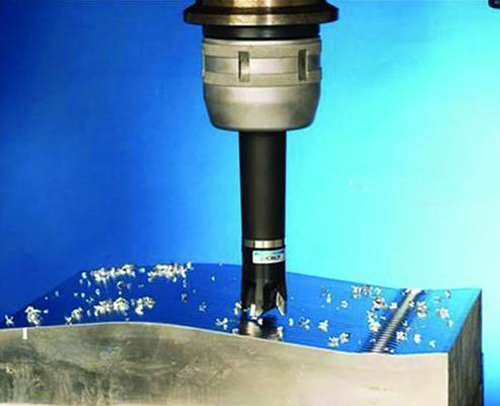
The so-called dry cutting is a special cutting method for processing parts under the condition of no cold liquid and cutting fluid, and it is a method that people like to use in order to protect the environment and reduce the cost.

The so-called dry cutting is a special cutting method for processing parts under the condition of no cold liquid and cutting fluid, and it is a method that people like to use in order to protect the environment and reduce the cost.
Dry cutting is not simply to stop using the cutting fluid, but when stoping using the cutting fluid, they use cutting tool with high efficiency, high quality, high tool life and high reliability in the cutting process. Therefore, the cutting tools need have good performance and quality, and can promote the development of dry cutting.
In recent years, the emergence of high hardness materials, provides the possibility of dry cutting. Dry cutting requires not only cutting tool materials with high temperature red hardness and good wear resistance, but also strong thermal shock and bonding resistance. The cutting tool materials currently used in dry cutting mainly include: cemented carbide cutting tools, ceramic cutting tools, cubic boron nitride cutting tools and polycrystalline diamond and other superhard materials.
At present, the prevailing tool is cemented carbide cutting tool, which is also the earliest cutting tool material, which is suitable for processing the workpieces under HRC40 hardness, and the highest speed can reach 350 m/min. Beyond the above data, it will cause some problems such as severe wear and even knife collapse, so the workpieces under HRC40 are better machined by cemented carbide cutting tools.
Ceramic cutting tool is developed after cemented carbide cutting tool, but because of its own performance, it has not obtained very good development up to now. It has best effect when finish machining the workpieces with HRC45-55 hardness, only under continuous cutting condition.